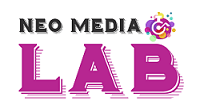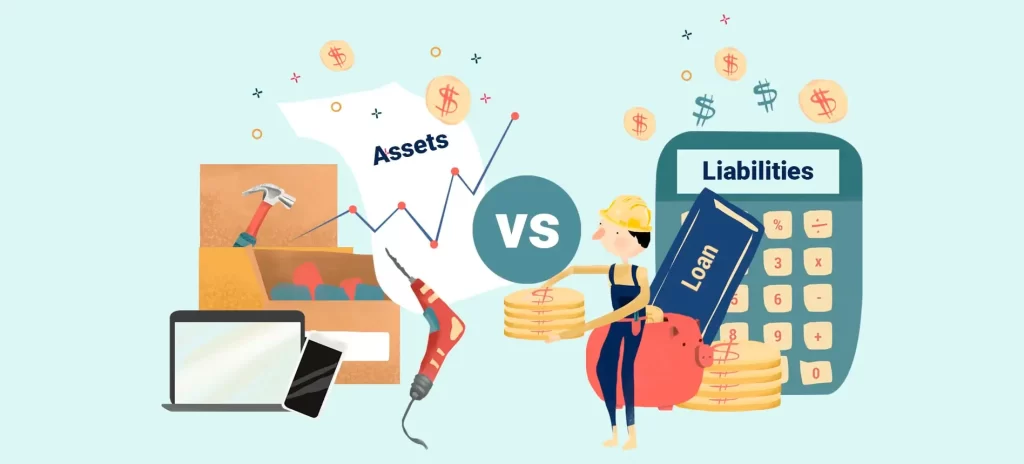In the ever-evolving landscape of technology, libraries face a myriad of challenges. The demand for more resources, particularly in the realm of electronic and digital formats, continues to rise, all while budgets are shrinking and staff reductions are becoming commonplace.
The traditional role of libraries is shifting, driven by changes in higher education and the expectations of patrons who want seamless access to information anytime, anywhere. In this dynamic environment, libraries are turning to automation, and one promising avenue is the integration of AI summary tools like Resoomer.
In this blog post, we’ll explore how these tools, including the ability to convert book to PDF seamlessly, can streamline library content, offering a solution to the growing complexities libraries face and ultimately enhancing the patron experience.
Shifting Library Dynamics
In the past, libraries stood as physical bastions of knowledge, where patrons would congregate to peruse the shelves and engage in scholarly pursuits. However, the tides of education and information access have undergone a seismic shift, transforming the traditional dynamics of libraries.
The advent of blended and online education has unleashed a new era where patrons are no longer tethered to physical spaces or constrained by the schedules of traditional classroom settings.
This digital revolution, while empowering patrons with unprecedented access to resources, has presented a host of challenges for libraries. The once-linear model of serving patrons within the confines of a physical structure has given way to a sprawling, interconnected network of virtual knowledge hubs.
The pressure on libraries to reimagine their spaces and services has never been more pronounced. To remain relevant in a world that is in a perpetual state of flux, libraries must undertake a profound transformation. It’s not merely an evolution; it’s a revolution that requires libraries to rethink their very essence.
The question isn’t just how to adapt to the changing dynamics but also how to proactively shape these dynamics to meet the demands of an increasingly digital and interconnected society.
Addressing Increased Demand with Limited Resources
Libraries face a tricky situation: users want more digital stuff, but the money and resources to provide it are shrinking.
The traditional way of having lots of physical resources isn’t enough in today’s digital age. People expect quick and easy access to information, but libraries are dealing with less money and strained resources.
To tackle this, libraries need clever solutions. They have to be more efficient in managing and delivering content in this fast-changing digital world.
Library Automation: Adapting to the Digital Era
Library automation is like a strategic move to cope with the changing needs of users, as described by Marshall Breeding. Libraries are always adjusting their goals to keep up with what users want. Automation is a big part of this adjustment, making things work better and smarter.
In practical terms, automation means using smart tools and technologies that can do things faster and easier. By automating the process of summarizing information from big digital documents, these tools let libraries save time and use their human workers for more important tasks.
As libraries embrace automation, they’re not just surviving; they’re doing well in the digital age. The cycles of library automation show that libraries are ready to adapt and meet the changing needs of people.
So, while there’s a challenge of providing more with less, libraries are finding answers in automation. They’re not just places with limited resources; they’re becoming creative and smart institutions, ready to lead in this age of digital information.
The story of libraries is turning into one of strength, innovation, and a commitment to satisfying the hunger for knowledge in our society.
AI Summary Tools as a Solution
Enter AI summary tools like Resoomer. These tools have the potential to revolutionize how libraries manage and disseminate information.
Resoomer’s advanced features include accurate and qualitative summaries, audible summaries in multiple languages, YouTube summarization, and the ability to extract text from images. The tool serves as a powerful ally in the library’s quest to efficiently navigate through vast amounts of content.
Streamlining Library Content with Resoomer
Imagine a tool that can sift through complex documents, identify crucial ideas and facts, and present a concise summary. Resoomer does just that. It can be seamlessly integrated into library workflows, allowing librarians and patrons alike to quickly distill the essence of digital documents.
Whether it’s summarizing Wikipedia pages, extracting information from images, or summarizing lectures on YouTube, Resoomer offers a multifaceted solution.
The tool’s complete download feature is a time-saving boon, enabling users to download all summary parts in DOC or book-to-PDF format with just one click. This functionality aligns with libraries’ ongoing efforts to maximize efficiency and deliver information in accessible formats.
Improving Your Library Experience: Resoomer’s Unique Touch
When it comes to technology in libraries, the real test is how it makes things better for patrons. Resoomer steps beyond the usual summarization tools, making a real impact on the experience. It’s not just about reading; Resoomer brings something special to the table.
Audible Summaries: A Game-Changer for Everyone
Resoomer isn’t your typical summarization tool. It goes above and beyond by giving audible summaries in different languages.
This is a big deal because it means more people can access the content. No matter what language you speak, Resoomer has you covered. It’s like opening up a whole new world for library users.
Reading Assistant: Your Helpful Guide
But Resoomer doesn’t stop there. It has a reading assistant feature that makes your experience even better. Imagine having a helper right when you need it! If you have questions about a document, the reading assistant has the answers.
This makes it easier to understand the content and gives that personal touch even in the digital world. It’s like having a friendly librarian right at your fingertips, making your time in the library more interactive and enjoyable.
Summary
In the face of budget constraints, staff reductions, and the ever-expanding landscape of digital information, libraries must innovate to remain relevant. The integration of AI summary tools like Resoomer provides a pragmatic solution.
By automating the summarization process, libraries can efficiently navigate through the complexities of their collections, offering patrons a streamlined and enriched experience.
As libraries move through the cycles of technological epochs, the role of automation, including Resoomer’s “book to PDF” feature, becomes increasingly pivotal. Resoomer represents a stride forward in this journey, empowering libraries to meet user demands in an era of constant change.
It’s not just about managing content; it’s about transforming the patron experience, making information more accessible, and ensuring that libraries continue to be vital hubs of knowledge in the digital age.


